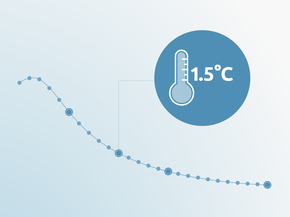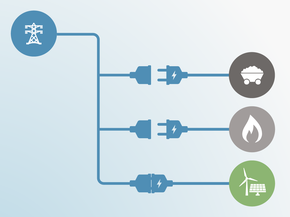Country summary
Overview
Canada’s Pan-Canadian Framework on Clean Growth and Climate, announced in 2016, is an overarching strategy document for emission reductions, containing proposals for economy-wide measures, including a carbon pricing plan and a plan to phase-out traditional coal plants. Based on the implemented policies under this framework, Canada is likely to miss its Paris Agreement (NDC) target to reduce economy-wide GHG emissions by 30% below 2005 levels by 2030. It remains unclear if Canada will rely on carbon sinks in forests, soils, and wetlands to achieve its target. If it does so, and experiences low economic growth, it might achieve its NDC target with current policies. Given the uncertainties around the potential reliance on carbon sinks, the CAT rates this target “Highly insufficient”.
If the CAT were to rate Canada’s projected emissions levels in 2030 under current policies, Canada would also be rated “Highly insufficient.” Even under full implementation of planned policies under the Pan-Canadian Framework, Canada’s climate policies would still be rated “Insufficient.” Recent analysis by Energy Innovation (EI) and the Pembina Institute further suggests that the gap between planned policies and the NDC target (without relying on LULUCF sinks) might be larger than expected by the government. Canada must significantly enhance both its NDC and its proposed level of climate action to get onto an emissions pathway compatible with the Paris Agreement.
On 11 May 2017, Canada submitted its revised NDC. While the revision does not change Canada’s NDC target, it states that Canada is examining its approach to accounting for emissions in the land use, land use change and forestry (LULUCF) sector. This is a departure from its original NDC submission, which stated that Canada would use a net-net[1] accounting approach for the LULUCF sector. However, as it is not clear to which degree Canada will rely on carbon sinks in the LULUCF sector to achieve its target of a 30% reduction below 2005 levels, we show the target as a range of 504–646 MtCO2e. For the lower bound of this range, which reflects the NDC target as reported in the 7th National Communication (NC7), we assume that the target excludes LULUCF in 2030, which is equivalent to a 15% reduction below 1990 levels of GHG emissions excluding LULUCF. For the upper bound, we assume that Canada will fully rely on the projected LULUCF sink of 142 MtCO2e in 2030.
Based on the policies implemented as of September 2017, we estimate that Canada’s GHG emissions (excluding LULUCF) will increase to 16–22% above 1990 levels by 2020. By 2030, emissions are projected to increase by 7–30% above 1990 levels excl. LULUCF.
With planned policies, emissions are expected to reach 569 MtCO2e excl. LULUCF in 2030, which would bring Canada closer to achieving its NDC target, even if it would not rely on emissions reductions from the LULUCF sector. The emissions level from planned policies is equivalent to a 5% reduction from 1990 levels, excl. LULUCF and a 21% reduction from 2005 levels, excl. LULUCF. There is no clarity as to how many international credits Canada plans to use to meet its NDC target. The use of international carbon credits implies that a portion of Canada’s emissions reductions will not be met by domestic mitigation efforts.
[1] Net/net accounting approach takes the difference between the total net GHG flow from LULUCF in the target year and in the base year which is accounted for in the country’s GHG balance. https://ec.europa.eu/clima/sites/clima/files/docs/0013/info_sheet_lulucf_final_en.pdf
Further analysis
Latest publications
Stay informed
Subscribe to our newsletter






